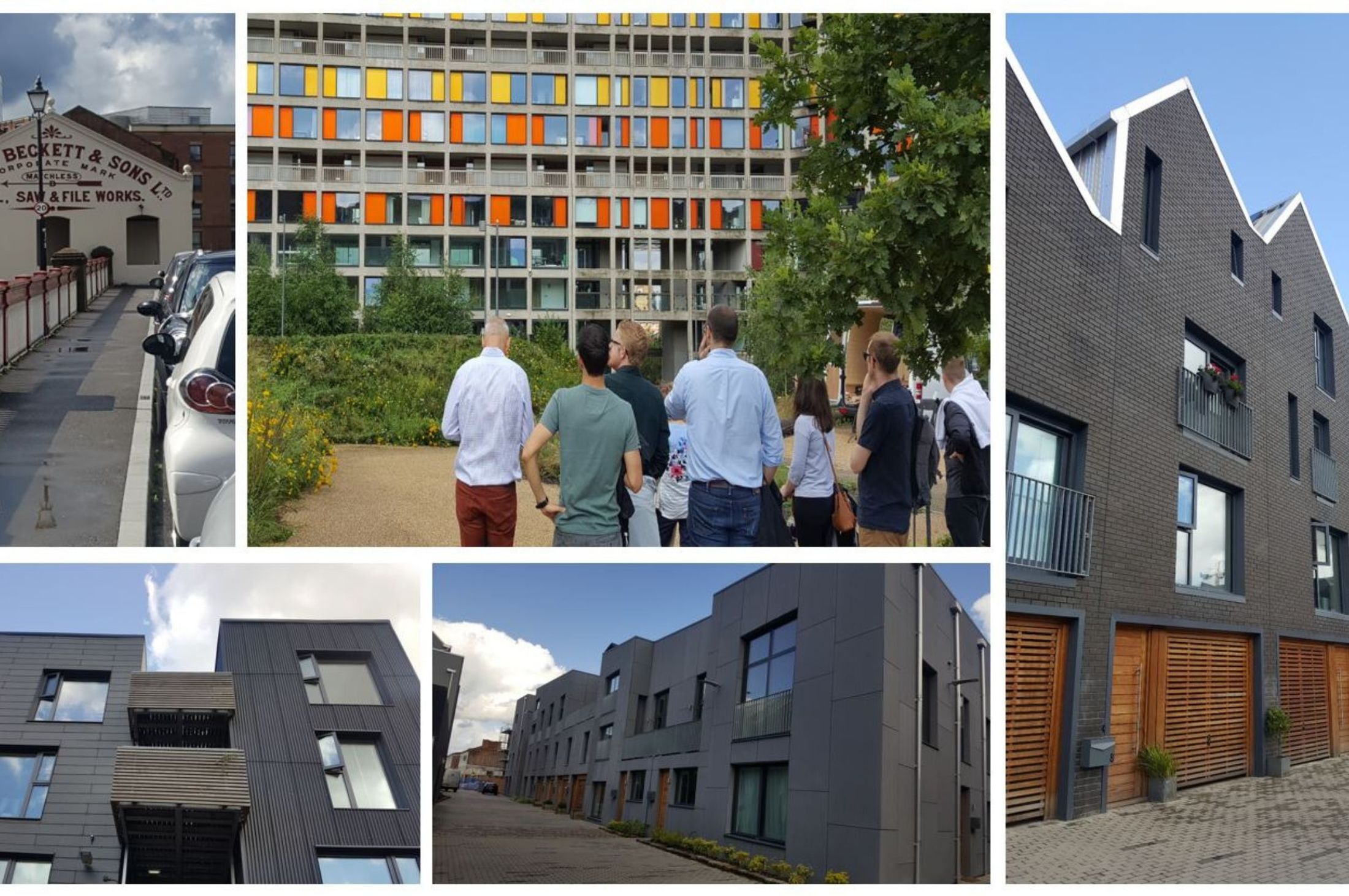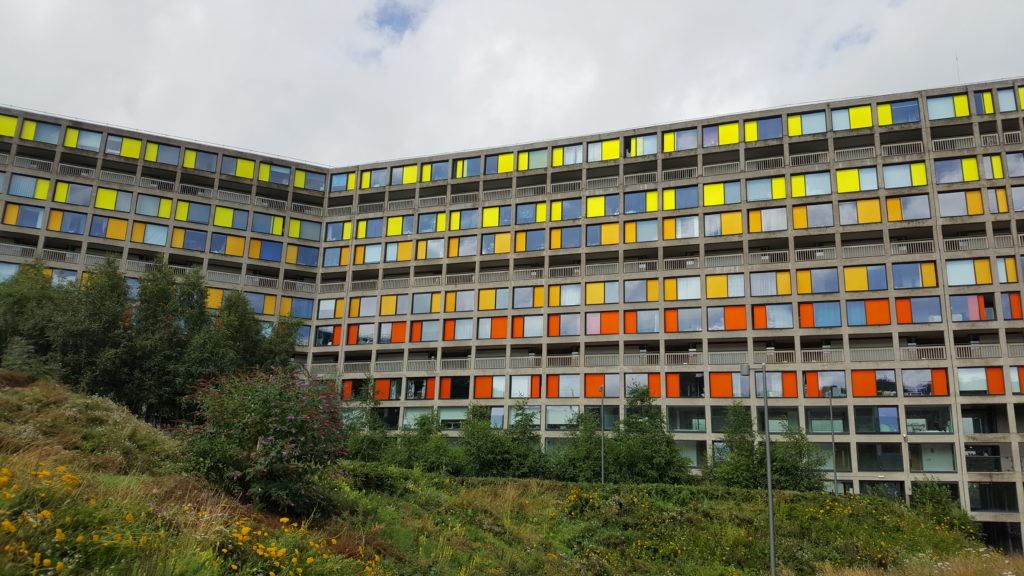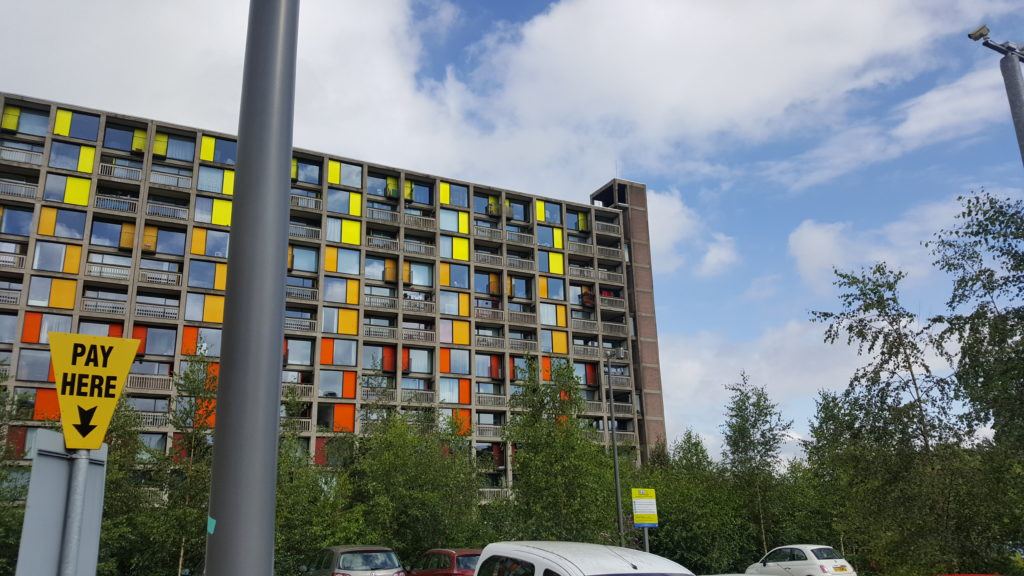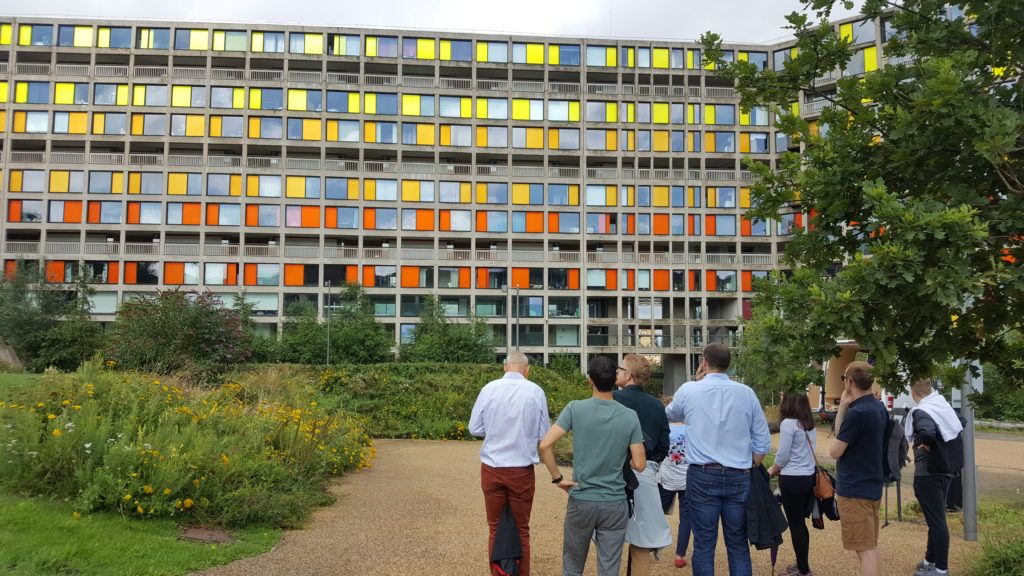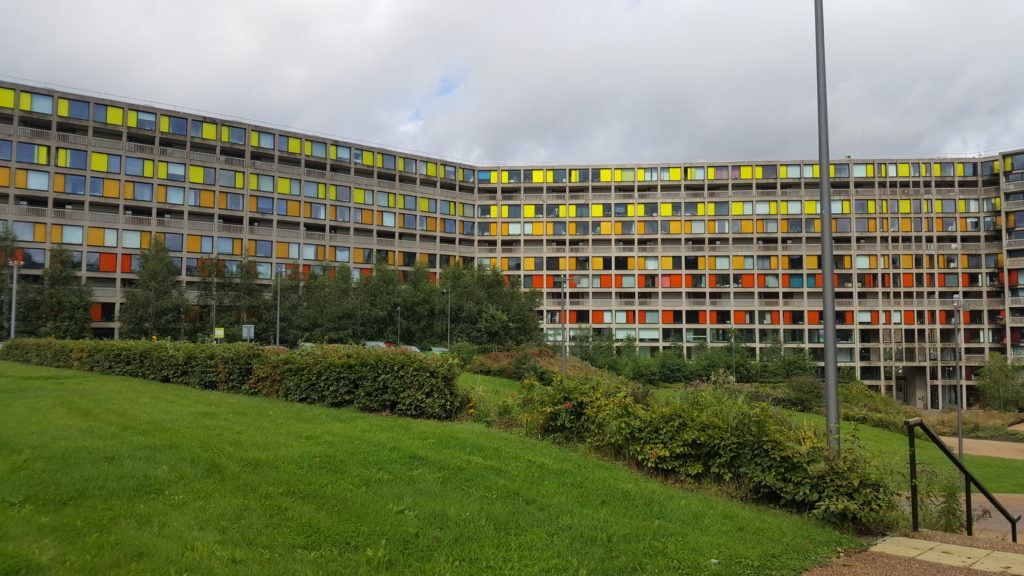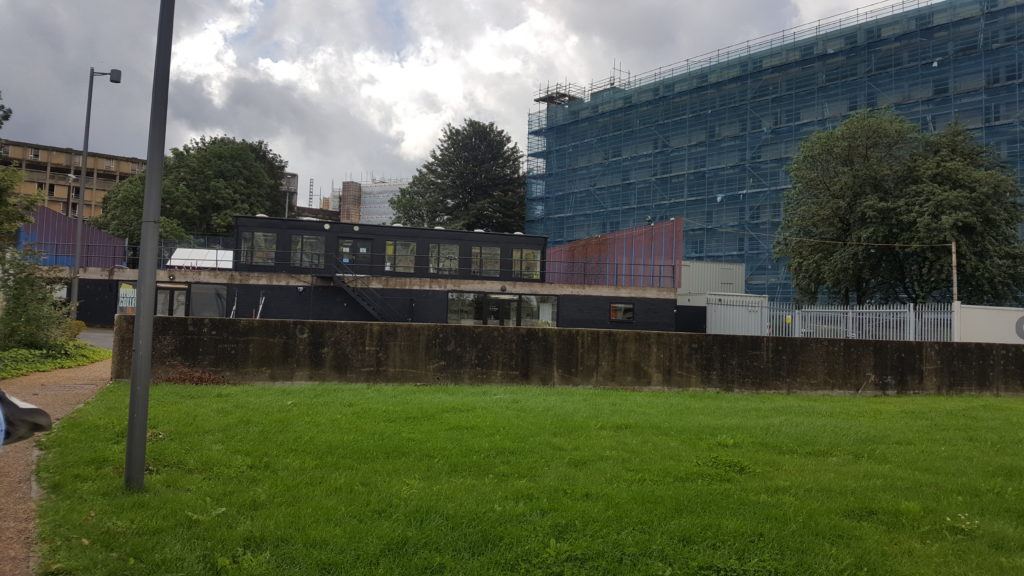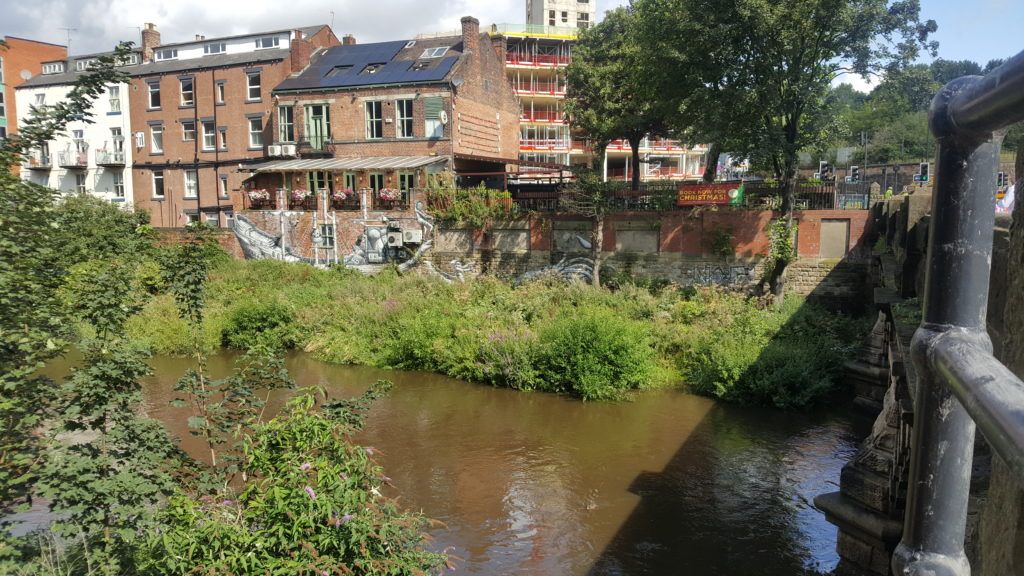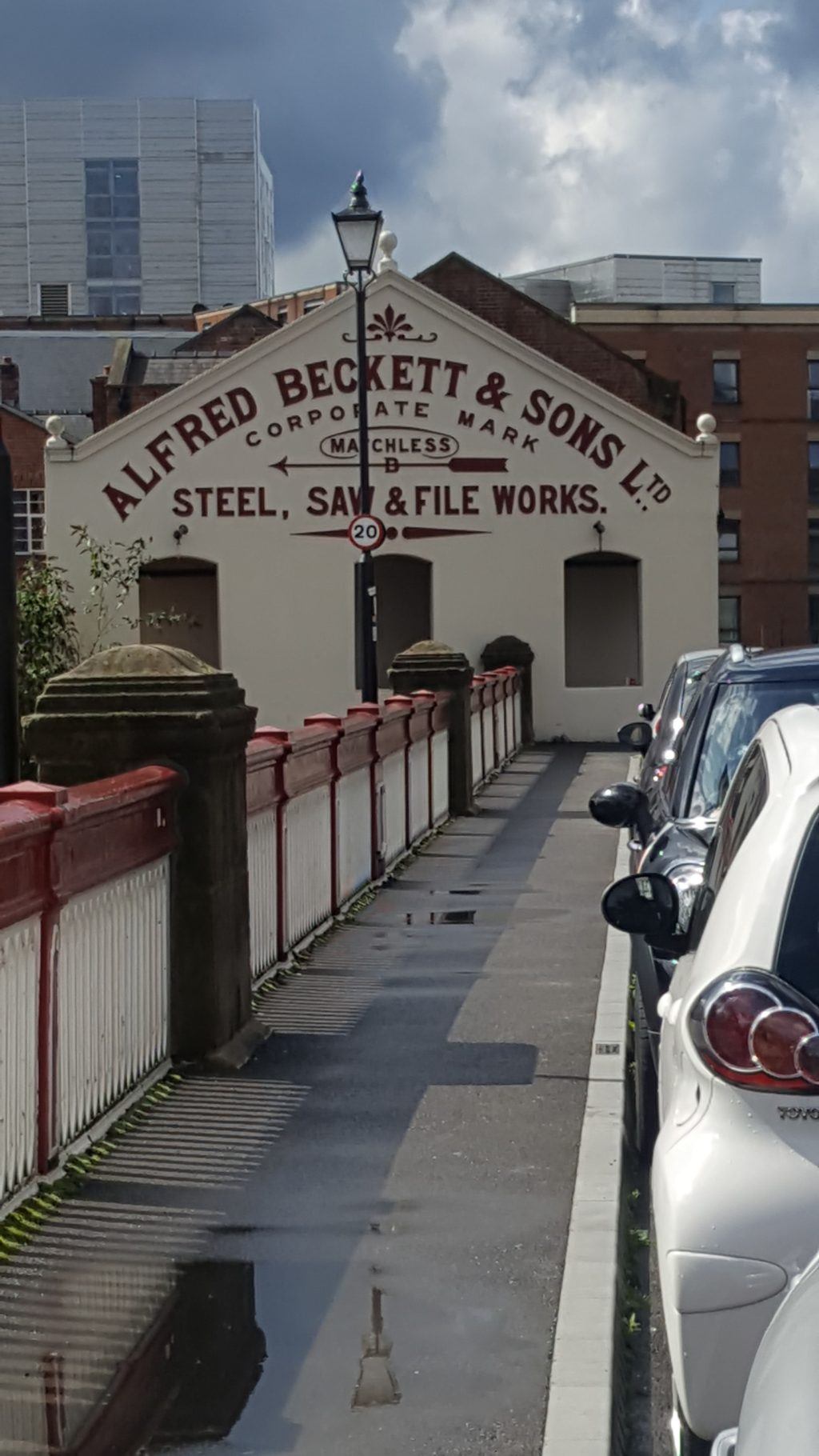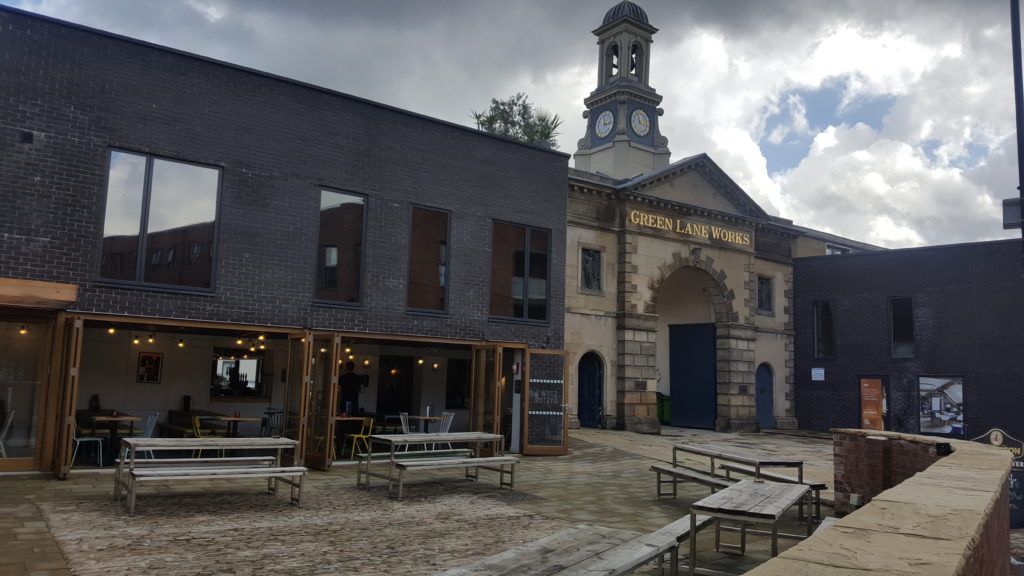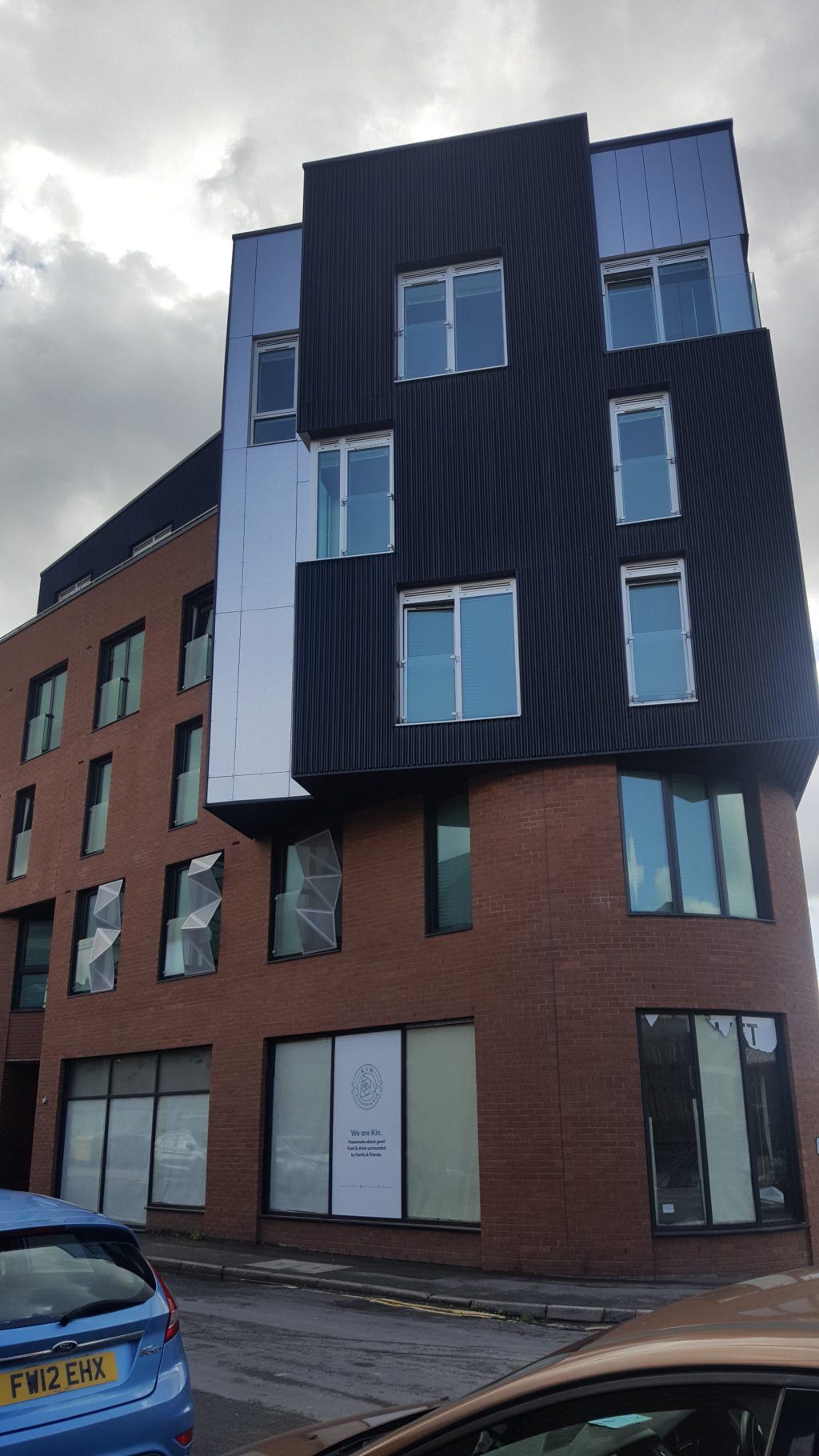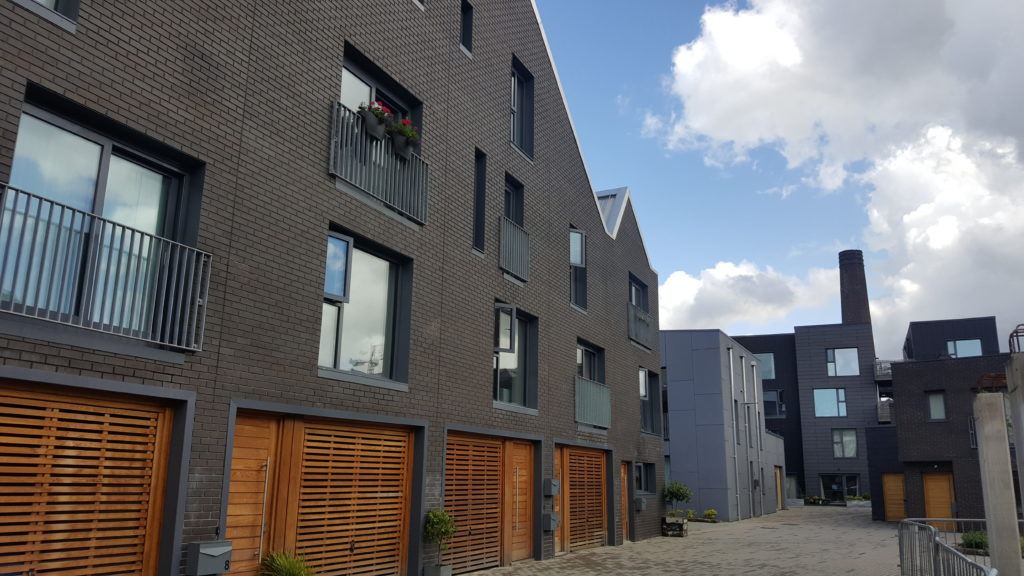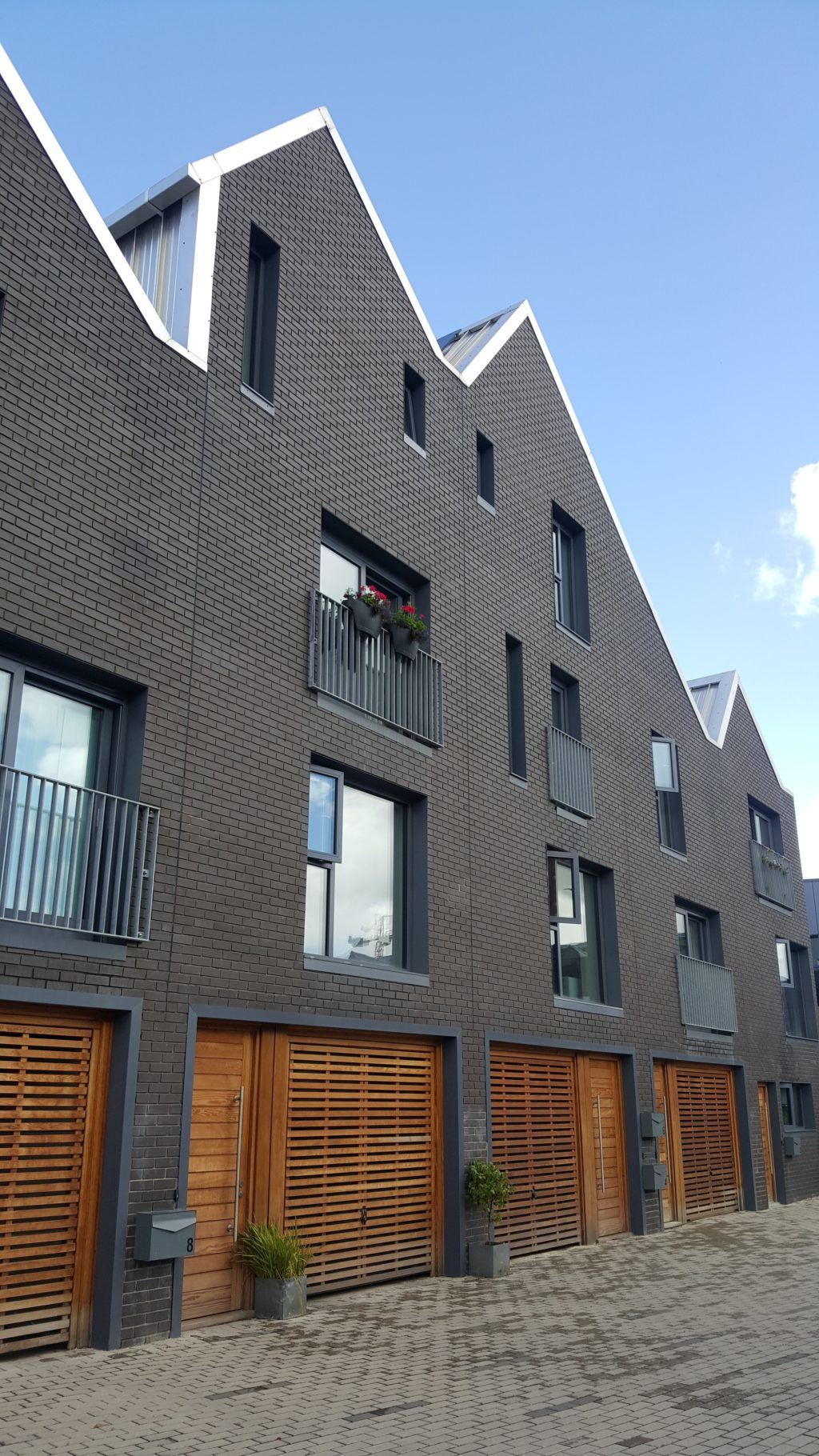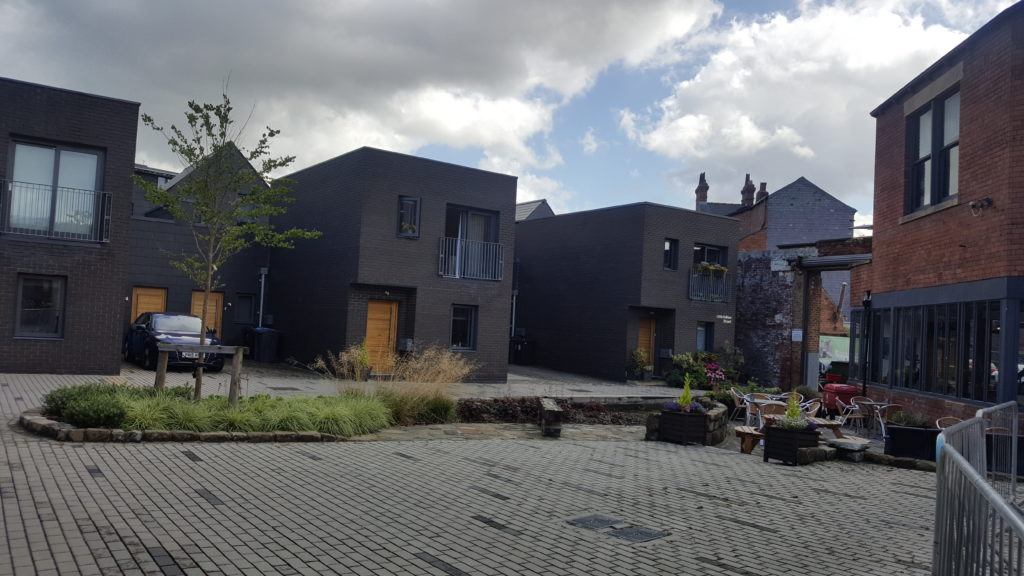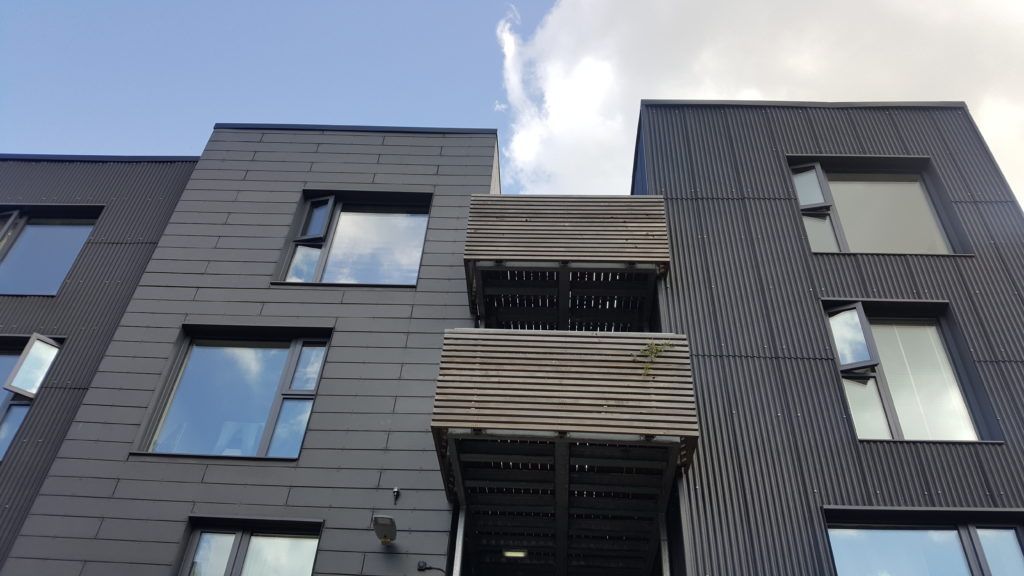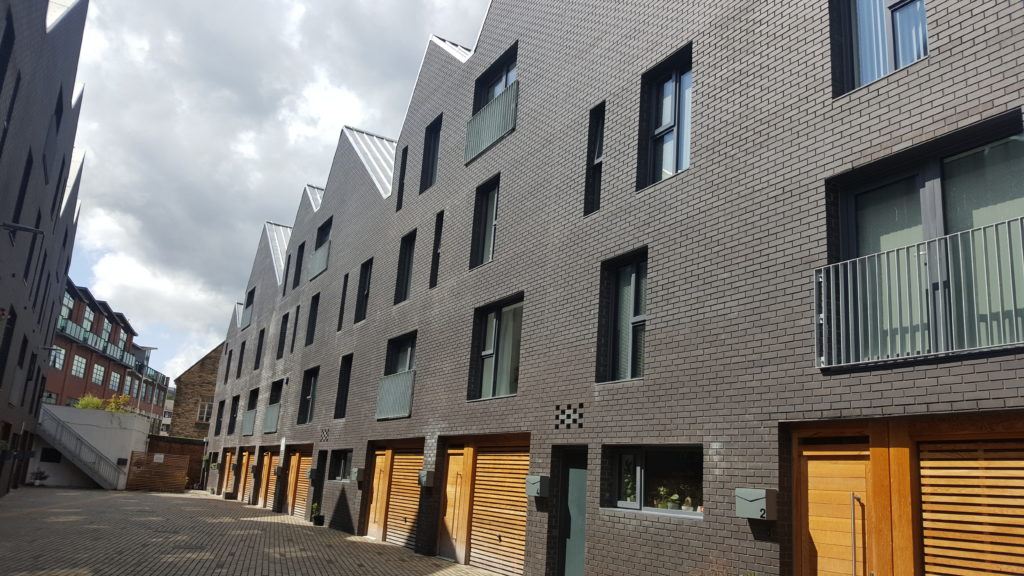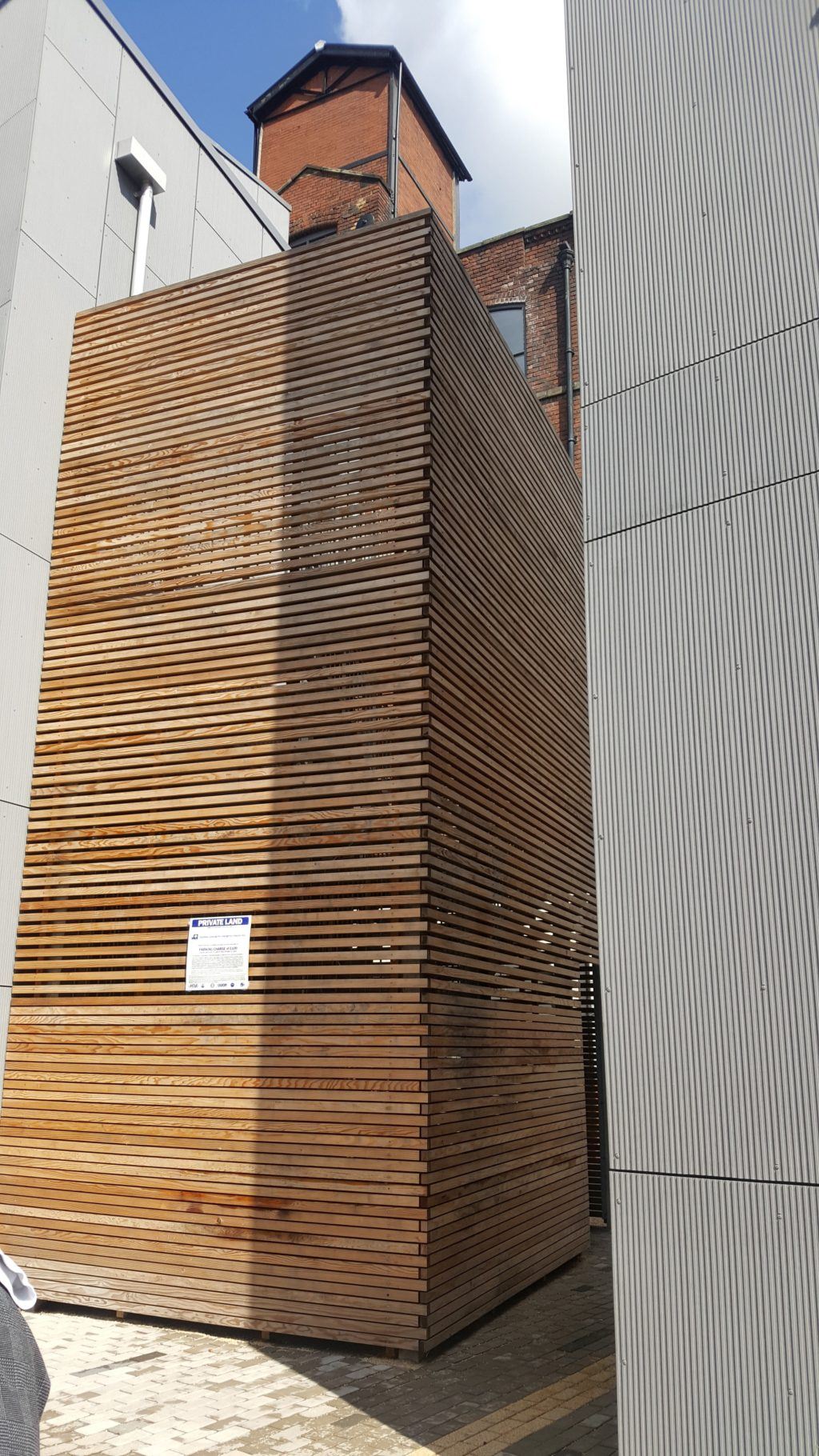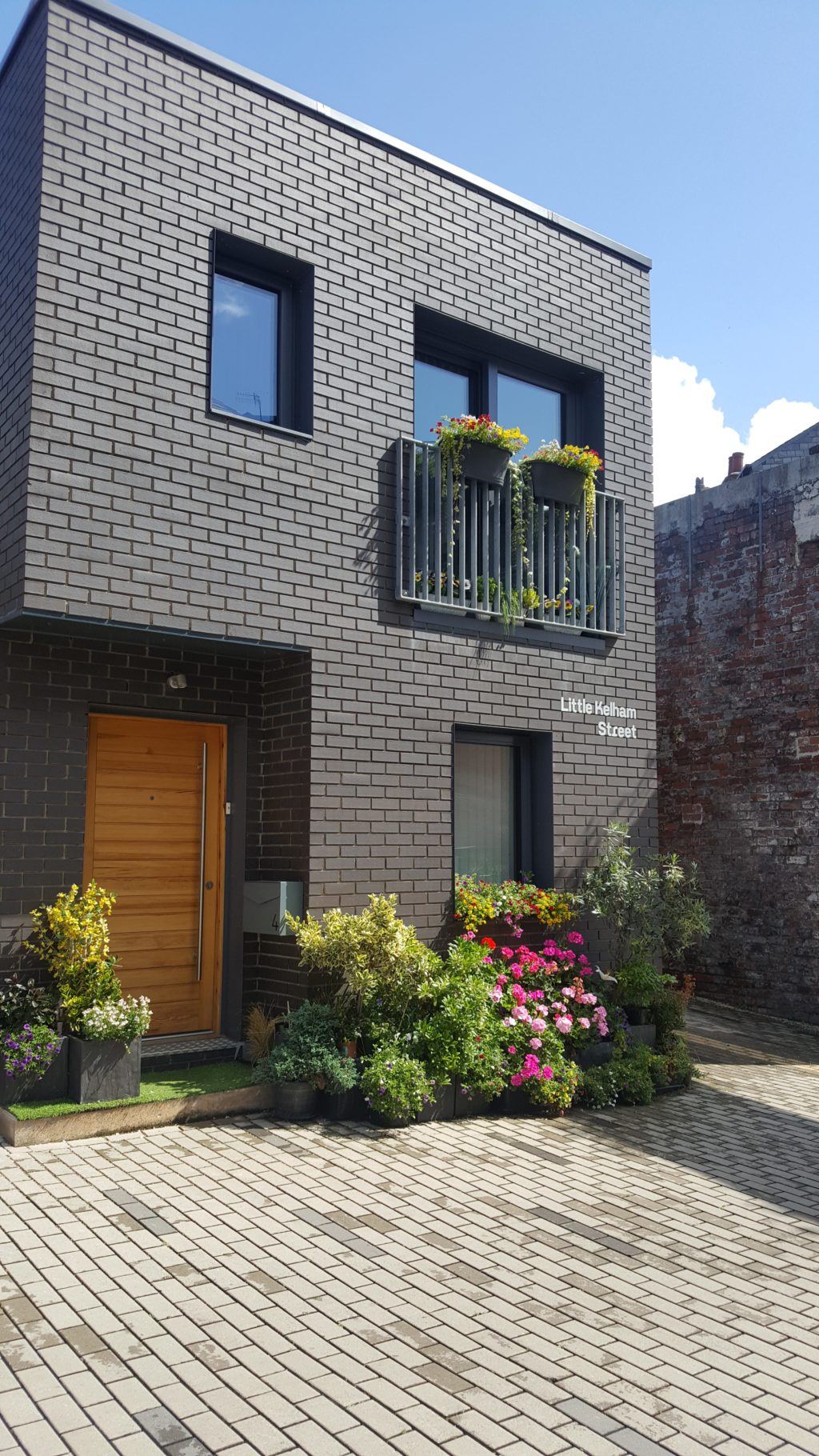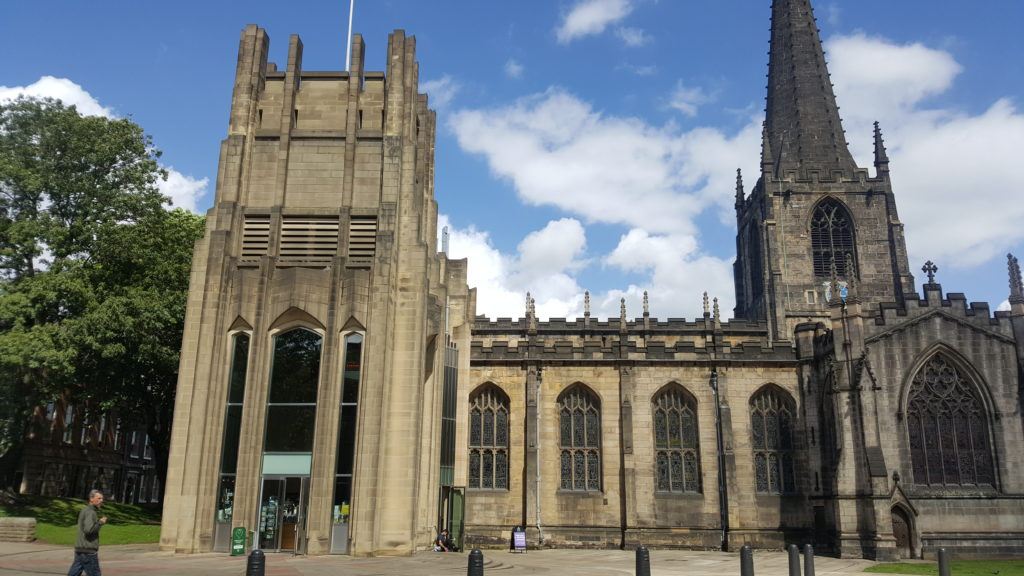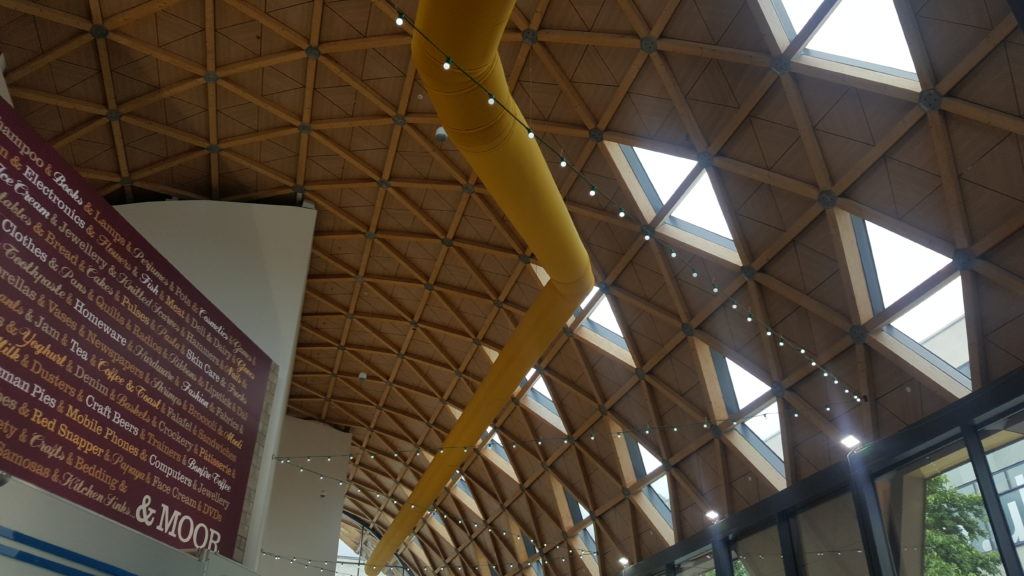Our Managing Director, Jonathan Jenkin looks at the new opportunities in property that could arise following the Covid-19 lockdown and as we look to re-start the economy.
In terms of land use and planning the effects of the lockdown have been to reinforce existing trends that have come from the use of new technology. The lockdown has also taken place within the context of the climate emergency and the issues relating to Co2 emissions and plastics have not gone away.
The social impact of the lockdown has had some positive effects for some people. It has given many working people extended time with their families, it has allowed them to re-evaluate what is important in their lives and with the reductions in traffic and noise, time to appreciate spring and the benefits of the natural world. It has also given people more time to consider their health and the benefits of taking outdoor exercise and it has re-enforced the importance of outdoor space and parks.
The disruption in our lives has severely reduced our ability to travel and it has stopped many people from visiting family members, particularly those in care homes. This has placed an emphasis on the importance of family and friends and although social media and the virtual world has proved a lifeline for many, the lack of social contact is difficult and it has exposed the digital divide in terms of income and understanding.
The lockdown has also placed a very great emphasis on the home, the quality of the home and the flexibility of the home to accommodate home schooling and home working. It has also exposed the lack of private outside space and the lack of security of tenure suffered by many families. Poor quality housing can make living and working from home really difficult, inadequate personal space and overcrowding compounds the problem, and with insecurity and a poor quality external environment a poor quality home can create serious mental health and social problems. In addition a lack of security of tenure affects the wider community as people cannot afford to put down roots because they may have to leave at any time.
For business many companies have been pushed into adopting home working, working remotely and in relying on digital platforms to deliver services. It has led many to question whether they need to hold as many meetings face to face, whether they need to travel so much and whether they need as much office space. The lockdown has hit the hospitality sector hard, and it is not certain that many café’s, bars, pubs and restaurants will be able to re-open if social distancing is maintained.
The lockdown has also affected retail trading. For those shops that are open, social distancing has limited the number of customers that can be in a shop at any one time. This has reduced the volume of trade and it has forced customers to go to shops only when they have to. Waiting in the street two metres behind someone else in a queue is not an enjoyable experience. Add to this that many customers are frightened to go into shops because of the risk of infection, shopping becomes even less attractive. When a wider range of shops can re-open, building up business will be difficult and slow. If most café’s, bars, pubs and restaurants cannot re-open because they cannot enforce social distancing then shopping will remain a functional experience based on need. This will limit local shopping to convenience food and essentials with the remaining trade permanently shifting to the internet. What role then for the regional shopping centres, the high street and the city centre?
Our high streets have been struggling for years. The growth of retailing floor space in the 1990s and 2000s, (most of it car based shopping) drained many high streets and after 2008, the financial crash and austerity combined with the growth in internet shopping and services (particularly banking) has emptied the high street.
Property owners will need to find new ways to generate an income. Housing, small workplace accommodation and small specialist shops command far lower rents. Creating larger units to accommodate existing cafés and restaurants to maintain social distancing will also reduce floor space rental values.
To try to maintain long term incomes; owners will need to look again at their buildings and how they can use their estate better. Many buildings are more than half empty, as landlords have relied on ground floor retail income, leaving often thousands of square feet of useable floor space empty. Landlords will also have to invest in their buildings taking the responsibility to maintain and develop them. Working with neighbouring landowners can also offer the prospect of regeneration and renewal.
With property funds and landlords forced by circumstance to become actively involved, the high street can be renewed into a residentially and economically dense area, with people working and living from home and working from smaller work places, above or next to local shops and facilities, where they can walk and cycle to open space, schools, cultural and social centres. Places where people can move easily between home and work. Getting people out of their cars will also reduce social isolation and foster community.
The high street can lead the green revolution. In urban quarters such as Kelham Island in Sheffield, buildings have been adapted to new uses and new high density, high quality living and working spaces have been created.
Easy access to friends and family will be more available to more people now that remote working has proved possible. Fewer people will need to commute, or commute less often but living spaces will need to be larger to accommodate home and work and have access to open space. A sense of community can be created and fostered, with residents having a shared interest with their neighbours and neighbouring businesses. This will lead to less loneliness as more people are known to their neighbours. For this to work all new homes need to be secure, light, spacious, well insulated, with outside space and be cheap to light and heat.
Living and working in close proximity to others needs the adoption of new social norms to prevent anti-social behaviour. It will require more investment in mental health services and social safety nets. Buildings will need to be adaptable for all, allowing for multi-generational households, and allowing wheelchair user access to all buildings.
The redevelopment of space above shops must not become an opportunity to create poor quality housing for those who have nowhere else to live. The current office to residential permitted development rights are a national scandal and have led to inadequate housing developments which have blighted the lives of their residents. This needs to stop.
The lockdown has speeded up the process of a work place revolution, it has identified the shortcoming of existing residential accommodation and it has exposed the fragility of our community and society. In the context of future pandemics and with climate change, our society needs to be more robust to face the challenges of the future. Our town and city centres can lead the way to improved well being, they can foster greater community spirit and they can lead to a better life.
Jonathan Jenkin, Managing Director, Planning & Design Practice Ltd

